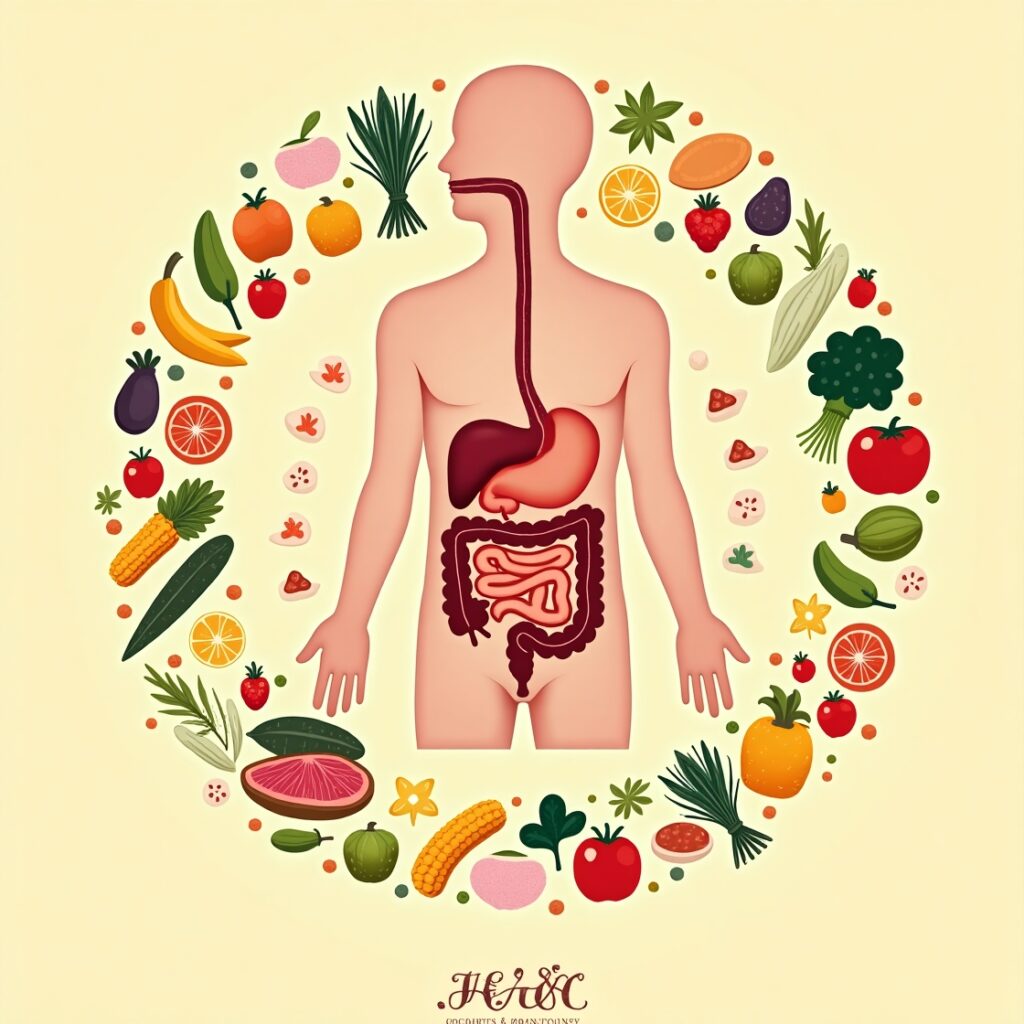Fill in the Blanks on Nutrition and Digestion in Animals
- The process of taking in food is called ______.
- The process of breaking down complex food substances into simpler forms is known as ______.
- After digestion, the simple food substances are absorbed into the blood. This process is called ______.
- The absorbed food substances are utilized for energy, growth, and repair by different parts of the body. This process is called ______.
- The process by which undigested food is removed from the body is called ______.
- The part of the butterfly that helps it to obtain its food is called ______.
- Human infants are classified in Group 1 based on their mode of feeding because they are primarily ______.
- Frogs use their ______ to catch insects and other small prey.
- ______ glands produce saliva, which contains enzymes that begin the digestion of carbohydrates in the mouth.
- The alimentary canal begins at the ______ and ends at the ______.
- Paramecium uses hair-like structures called ______ to ingest food.
- Hydra uses its ______ to capture and immobilize prey before ingestion.
- The primary site for digestion and absorption of nutrients is the ______.
- Frogs use their ______ to catch insects.
- ______ glands produce saliva, which contains the enzyme amylase that breaks down starch into sugars.
- An experiment to test the action of saliva on starch involves adding iodine solution to both ______ and ______ potato pieces.
- The bite of chapatti tastes sweet after chewing for some time due to the action of ______ converting starch into sugar.
- The tongue helps in mixing food with ______, tasting, and pushing food into the food pipe but does not break down food into simpler substances.
- Milk teeth are usually lost between the ages of ______ and ______, making way for permanent teeth.
- ______ are the sharp, chisel-shaped front teeth used for cutting food.
- There are ______ premolars on each side of the upper and lower jaws, making a total of ______ premolars in each jaw.
- Tooth decay can be avoided by brushing teeth at least ______ a day.
- The movement of food in the esophagus is called ______.
- The gastric glands in the stomach secrete ______, which aids in digestion.
- ______ juice, produced by the liver and stored in the gallbladder, helps in the emulsification and breakdown of fats.
- The ______ is the longest part of the digestive system, measuring about 20 feet in length.
- ______ are small finger-like projections that increase the surface area for absorption of nutrients in the small intestine.
- The large intestine is responsible for absorbing ______ and ______ from the remaining undigested food matter.
- The ______ produces insulin. The ______ produces bile.
- The ______ secretes pancreatic juice, which contains enzymes that help in the digestion of carbohydrates, proteins, and fats.
- The large intestine absorbs ______ from the remaining indigestible food matter and forms solid waste (feces).
- ______ is the hard, outer layer of the tooth that protects it from decay and damage.
- Plaque acids erode the enamel, leading to ______.
- ______ is the process of expelling urine from the urinary bladder through the urethra.
- Hiccups are caused by involuntary, rapid contractions of the ______.
- The small intestine absorbs ______ and ______ through its lining into the bloodstream.
- Ruminating is the process where ruminants regurgitate and chew their ______ again to aid digestion.
- The compound stomach of ruminants includes the rumen, reticulum, omasum, and abomasum, but not the ______.
- Bacteria in the rumen help in breaking down ______ from plant material.
- ______ are extensions of the cell membrane that amoeba use to capture and ingest food.
- Pseudopodia fuse to form a ______ where digestion takes place in amoeba.
- Undigested food in amoeba is expelled out of the cell through a process called ______.
- The large intestine absorbs ______ from the undigested food material.
- Buffaloes regurgitate and re-chew their ______, which aids in further breaking down the food.
- If food cannot reach the stomach and intestines, the complete digestion of ______ will not occur.
- The ______ secretes bile juice, which is stored in the gallbladder and released into the small intestine.
- Without a gallbladder, ______ is not stored and released efficiently, making it difficult to digest fats.
- The ______ is a muscular tube that transports food from the mouth to the stomach, and no digestion occurs there.
- Gastric juices contain pepsin and hydrochloric acid, which aid in the digestion of ______.
- The esophagus is responsible for transporting food to the stomach, and no ______ occurs there.
- ______ increase the surface area for absorption of nutrients in the small intestine.
- The stomach has strong muscular walls that contract and ______ food to mix it with digestive juices.
- Once digestion is complete, nutrients are absorbed through the walls of the ______ into the bloodstream.
- ______ acid aids in digestion and kills bacteria, and the stomach lining is protected by mucus.
- Pancreatic juice contains enzymes that digest fats, carbohydrates, and proteins, and also neutralizes ______ acid.
- The gall bladder stores ______ produced by the liver and releases it into the small intestine to aid in fat digestion.



